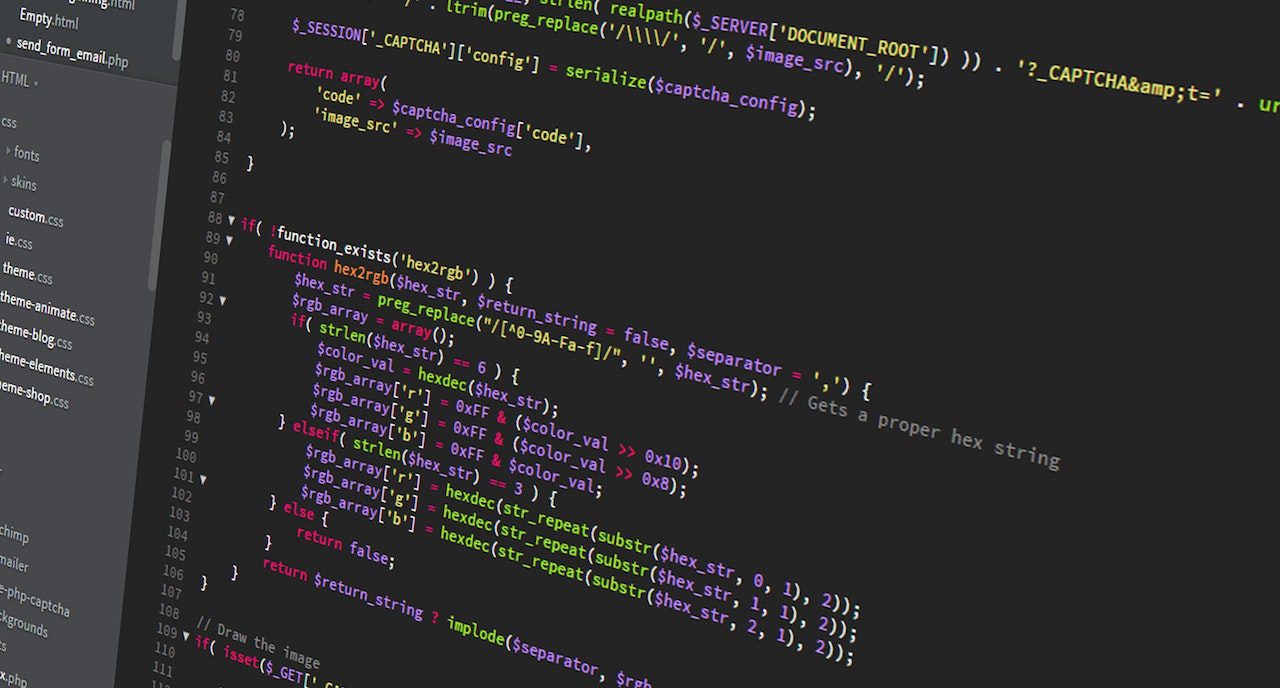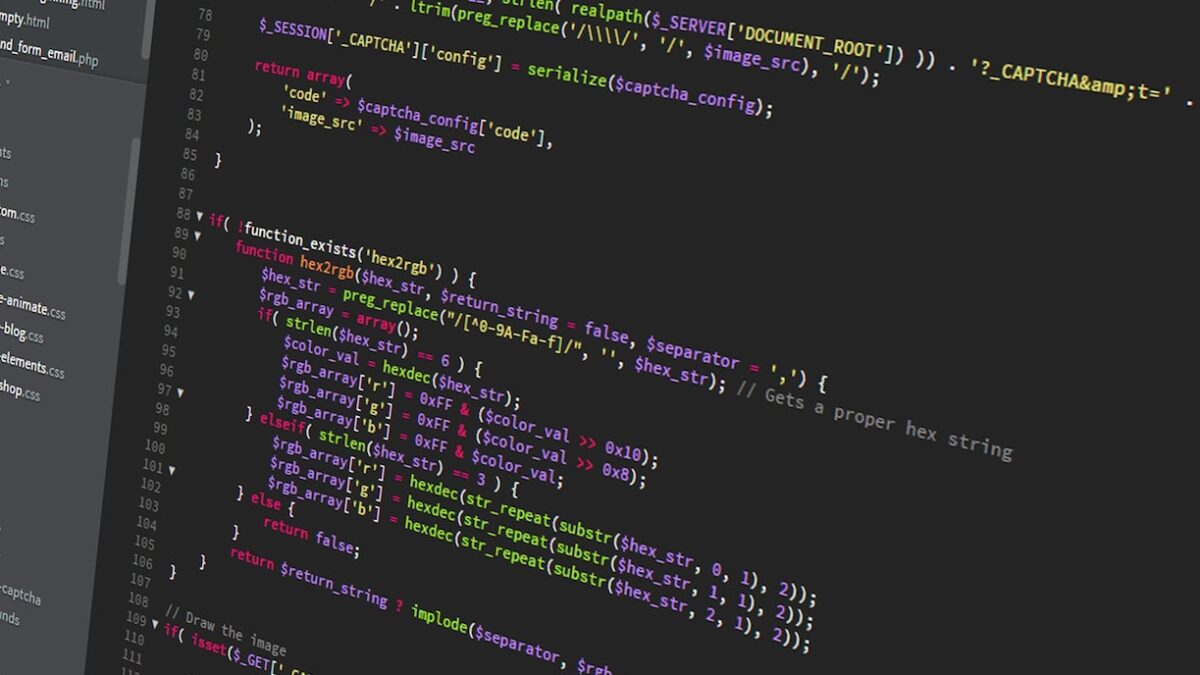
The Importance of Big Data in Business Development through SEO Strategy
August 8, 2023
Rise to the International Level! UMN’s Accounting Study Program Achieves ICAEW Accreditation
August 14, 2023
Characteristics of Big Data. Image Source: Photo by Pixabay/Pexels
Big data is a term in the field of data science used to refer to large volumes of data. Seeing its large size, it certainly requires a computational process with a certain period of time to get it. Big data is a term that describes a large volume of data, both structured and unstructured. The amount is constantly increasing every day. In Indonesian, the term big data is called big data, mahadata, data raya, and data berskala besar.
Big data has its own characteristics in the application of everyday life. The primary characteristics of big data certainly have significant developments in every era. Initially, big data had three characteristics symbolized by 3V. Then it developed into 5V, 7V, and even now, it is upgraded to 10V. This time, we will explain what the contents of 10V are. For those of you who are curious, see the complete discussion, UMN friends!
1. Volume
The first characteristic of big data is volume. We know that big data will always grow every second. The volume characteristic is definitely the main character in big data. Because the set of data obtained must have been obtained in large quantities, and so much of it will undoubtedly affect the type of data.
We sometimes find it difficult to distinguish which data is structured and which is classified as unstructured data. The examples are Twitter feeds, Whatsapp chats, WhatsApp statuses, Instagram posts, etc. From this, it is clear that the flow of data moves daily, and the amount is uncertain every day– sometimes thousands or even terabytes per second. For example, every minute, about 350 hours of video are uploaded to YouTube.
Read also: Big Data: Definition, Examples, and Its Functions.
2. Velocity
Velocity describes the speed at which data is created, reprocessed and generalized in big data. The speed here is very influential on big data traffic.
Data can be accessed quickly so that it can appear immediately in that second (real-time). Unless an internet connection network hinders you, then it will certainly take a longer time.
For example, Google records around 65 thousand searches every second. For instance, if calculated, it is more than 5.6 billion daily searches.
3. Variety
Next, we enter the third data character, namely variety. Data is categorized as big data if it has data diversity but has a lot of variables.
Variety illustrates that big data has a variety of data variations. We have explained above the characteristics of unstructured, structured, and semi-structured data.
Each type of data certainly has several treatments for processing and analyzing data. Analysis of unstructured data certainly has differences from structured data.
If the data is structured, the data obtained is uniform so that processing can be done directly. Meanwhile, if the data is unstructured, it will require a different algorithm, and the analysis time will also take a long time.
For such data, it will take more time to process because it could be that there is still other data or new data that can be explored in the unstructured data.
4. Value
In the characteristics of big data, there is also something called value. This means that big data has a very high value if data processing is done correctly and accurately by data practitioners.
Value can also mean how valuable or meaningful data is for decision-making purposes. For example, sales data for product X in the third quarter of 2021 is provided.
This data may not be important for consumers because of what’s in it for them. However, for policymakers at the managerial level, sales data is crucial because that’s how they make decisions.
So here, it can be concluded that data, on one hand, may be less important and meaningless to some people. But data can be very valuable if handled by the right people.
5. Veracity
Veracity is the fifth characteristic of big data. Veracity describes how accurate or not the data is. If the data is inaccurate, who wants to handle data whose source is still questionable?
Valid and accurate data requires a process that is not easy. It certainly requires depth in analyzing big data systematically and coherently.
Especially now that times are getting more sophisticated, we can easily detect whether the data is accurate or not. You see, when you try to input data in the system, there is a data validation process where you cannot enter invalid values.
Of course, this will help you to reduce input errors. Furthermore, digital data also minimizes the risk of data loss and corruption, making your data much more accurate.
6. Visualization
The sixth characteristic is visualization. After the data is analyzed, then the data will be visualized. Visualization is essential for a data practitioner.
In business, for example, data visualization can help policymakers analyze sales reports, marketing strategies, and product interests. Based on the analysis, data visualization can focus on areas that need attention to increase profits, making the business more productive.
We know that with big data, which has a large volume of data, it will be difficult for us to make conclusions if the analysts do not use the correct steps. If the steps are correct, automatically concluding will become easier.
7. Validity
Validity is more or less similar to veracity. These characteristics are both based on the principle that data must be valid and accurate so that decision-making is right on target.
However, validity here is more about whether the data collected is per the problem that the analyst wants to solve. Don’t let the data be accurate, but the suitability of the data is not considered. Make sure the use of the data to be processed is per certain objectives so that it can run well.
8. Volatility
If you haven’t, volatility describes how data changes daily with various tendencies. Simply put, we can see an example through the beef price data observed during the implementation of PPKM. The trend in the field is not always stable, but there is also a drastic decline. It can go up or down.
In essence, the volatility characteristic implies that the data obtained today or a few days later have a difference from the current data. The difference in data can be assumed to be related to the homogeneity of the data.
9. Vulnerability
The ninth characteristic of big data is vulnerability. This means that this character emphasizes aspects of data security and protection.
Data owned by companies, agencies, organizations, and businesses must be accountable and can be accounted for. It is clear who it is intended for. In this case, big data must be able to be protected from ignorant hands who should not access data without the owner’s permission. For example, cases of personal data hacking carried out by irresponsible parties.
Also read: Data Science Majors to Become a Data Scientist.
10. Variability
The last big data characteristic is variability. Variability describes that data changes all the time. Different data can impact other characteristics, such as the process and data transfer speed. The greater the variation, the more diverse the data.
By Reyvan Maulid | UMN News Service
English translation by Levina Chrestella Theodora
Kuliah di Jakarta untuk jurusan program studi Informatika| Sistem Informasi | Teknik Komputer | Teknik Elektro | Teknik Fisika | Akuntansi | Manajemen| Komunikasi Strategis | Jurnalistik | Desain Komunikasi Visual | Film dan Animasi | Arsitektur | D3 Perhotelan , di Universitas Multimedia Nusantara. www.umn.ac.id





